Understanding menopause and joint pain symptoms
Menopause marks a significant and transformative phase in a woman's life, with symptoms that can vary from person to person. While hot flashes and mood swings are commonly associated with this transition, joint pain is another frequently reported symptom that deserves attention.
In fact, approximately half of all women experience joint pain during menopause.
Joint pain during menopause is not necessarily an indicator of any underlying disease but rather a natural response to hormonal changes.
Known as arthralgia, joint pain during menopause is believed to result from reduction in estrogen levels.
Research suggests that the hormonal fluctuations during menopause may contribute to increased inflammation, leading to joint discomfort. Women experiencing this symptom often describe it as overall achiness, stiffness or soreness in their joints, particularly in the wrists, thumbs, fingers and knees.
The pains may be worse in the morning, getting better as the day progresses.
Managing joint pain during menopause: Tips and strategies
Joint pain during menopause can have a significant impact on your life. It's important to look after joint and bone health during menopause. Taking steps now can reduce risk of more serious health issues - like osteoporosis - as you age.
By maintaining an active lifestyle through low-impact exercises like swimming you can help reduce joint pain while also improving overall strength and flexibility.
Low impact weight bearing exercise like walking or yoga protect bone mineral density while strengthening muscles.
Additionally, incorporating anti-inflammatory foods such as fatty fish, turmeric, blueberries and green leafy vegetables into your diet may help alleviate discomfort by reducing inflammation. Vitamin D, Calcium and Magnesium are also critical for maintaining joint and bone health.
Joint support products - like Compression Gloves and Wrist Braces - offer a great way to stabilize joints, and reduce pain and swelling, while allowing freedom of movement so you can get on with your day.
Lastly—and perhaps most importantly—don't hesitate to consult a healthcare professional if you are experiencing chronic joint pain. Joint pain and swelling can be symptoms of an arthritic condition so it's important to get assessed as quickly as possible. Your medical practitioner can offer personalized guidance on how best to manage joint pain symptoms.




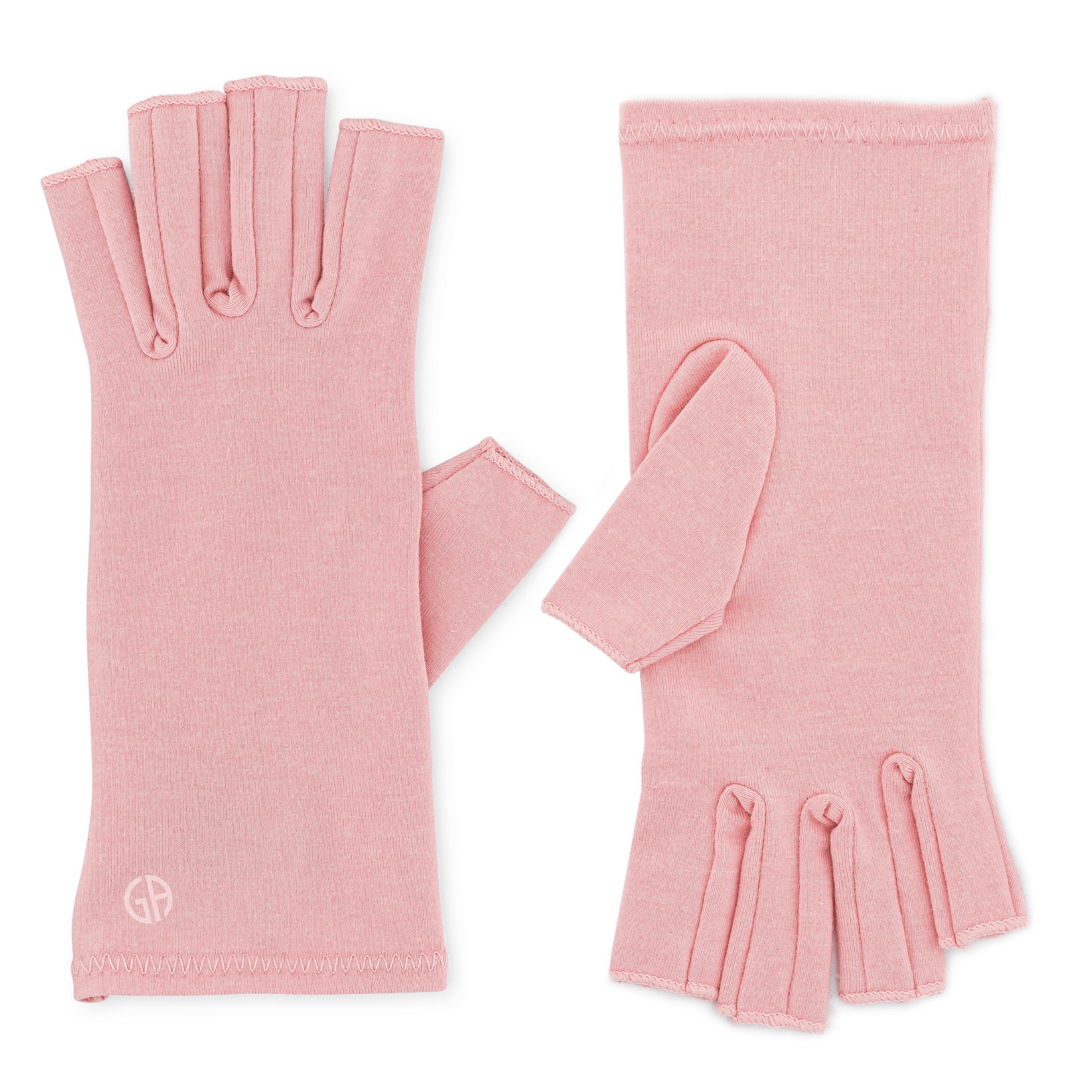
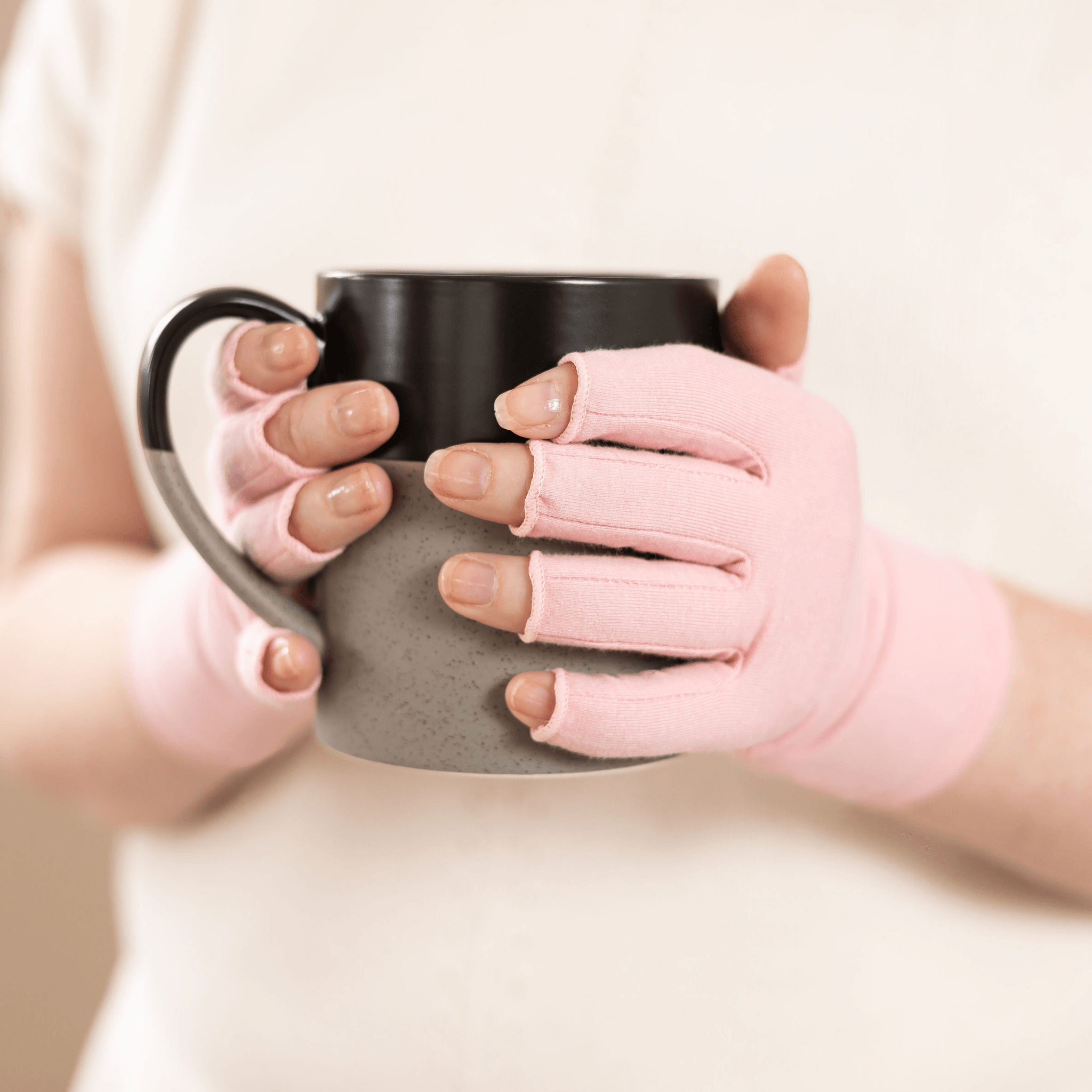


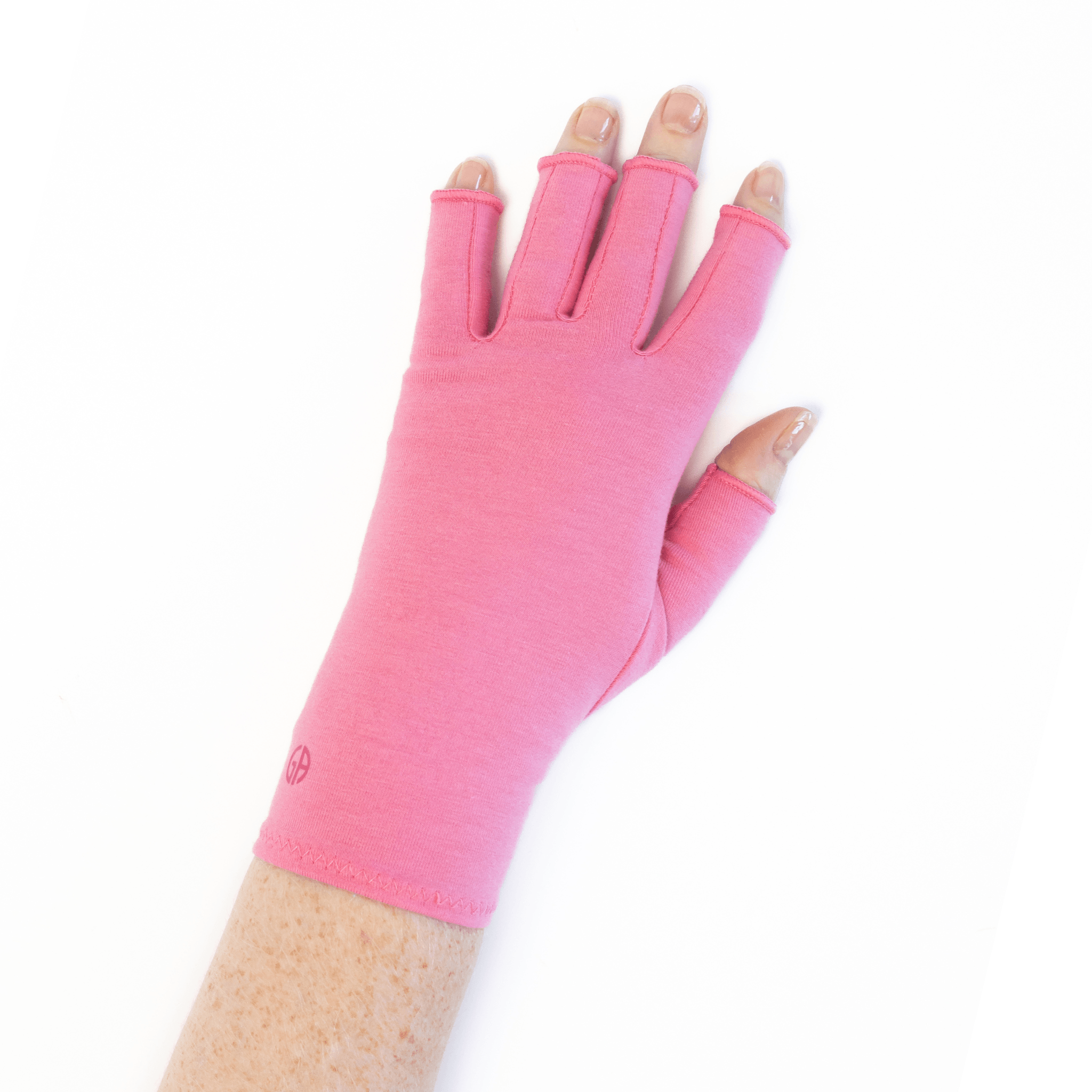








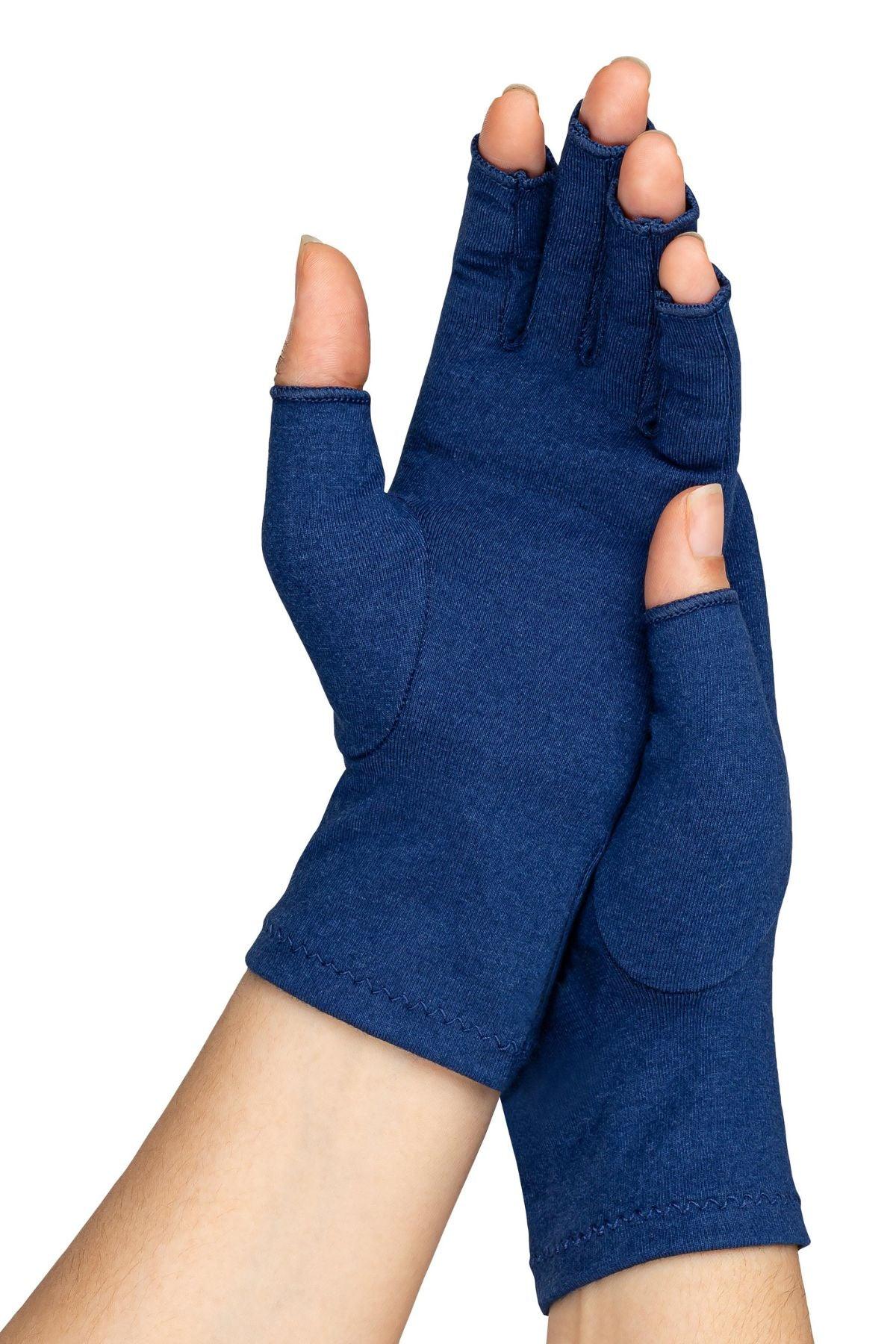







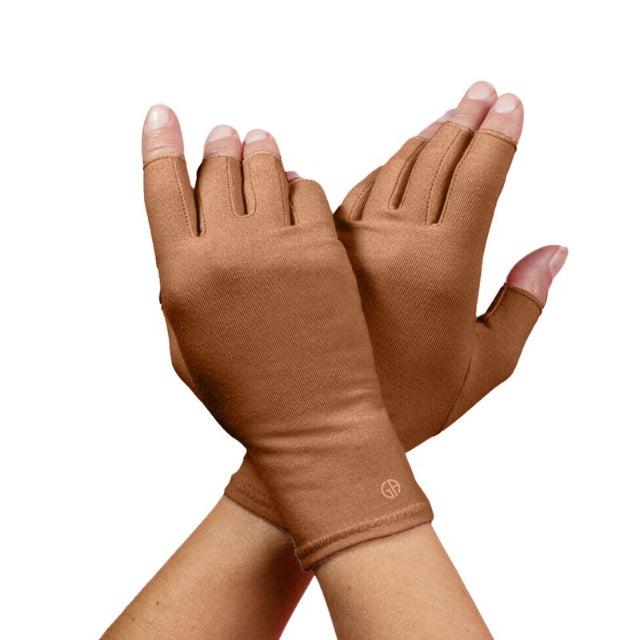

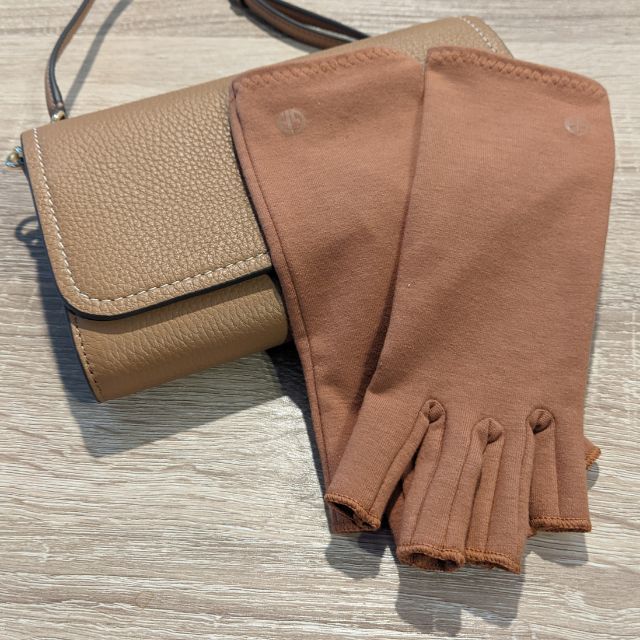














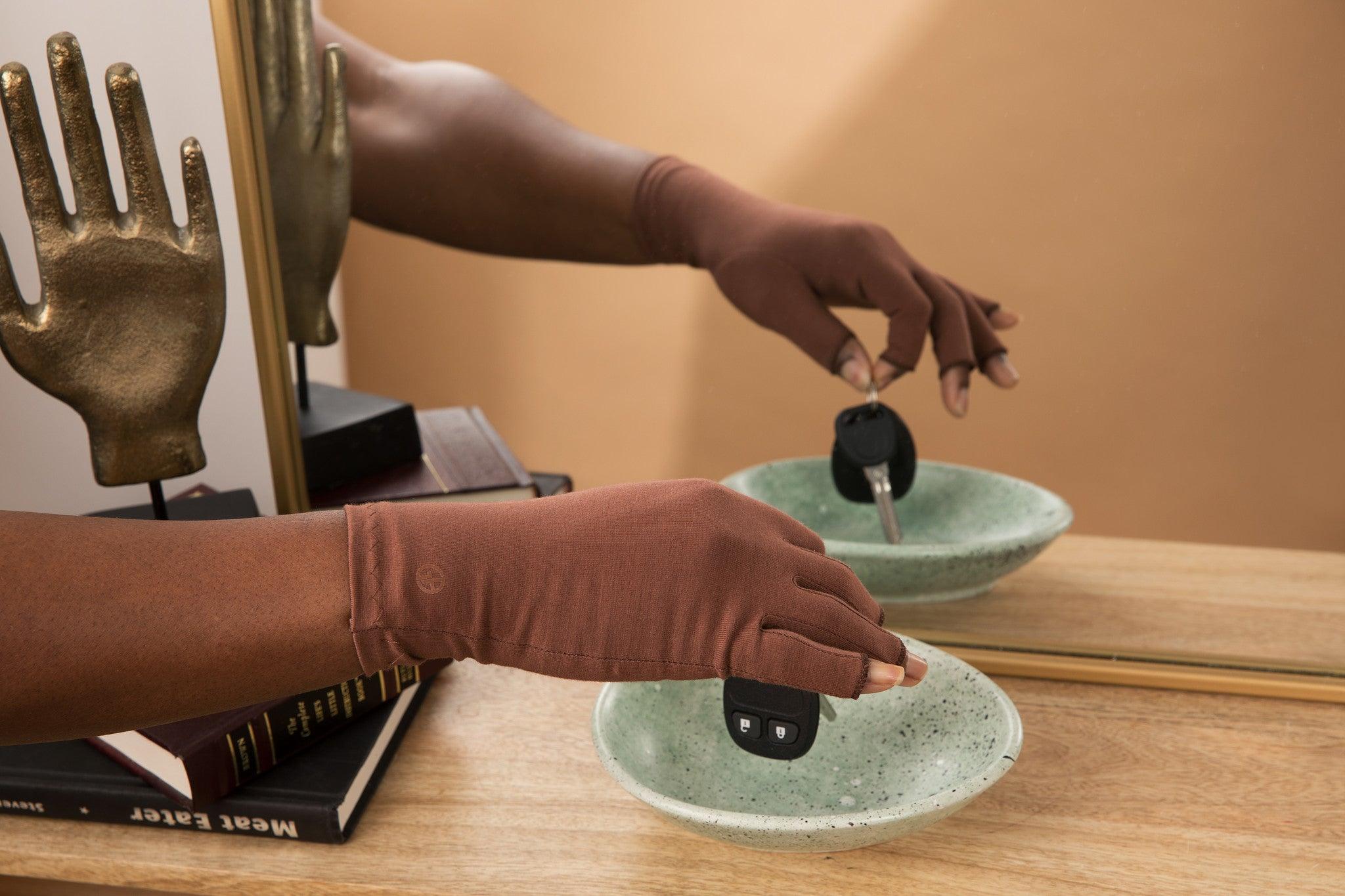



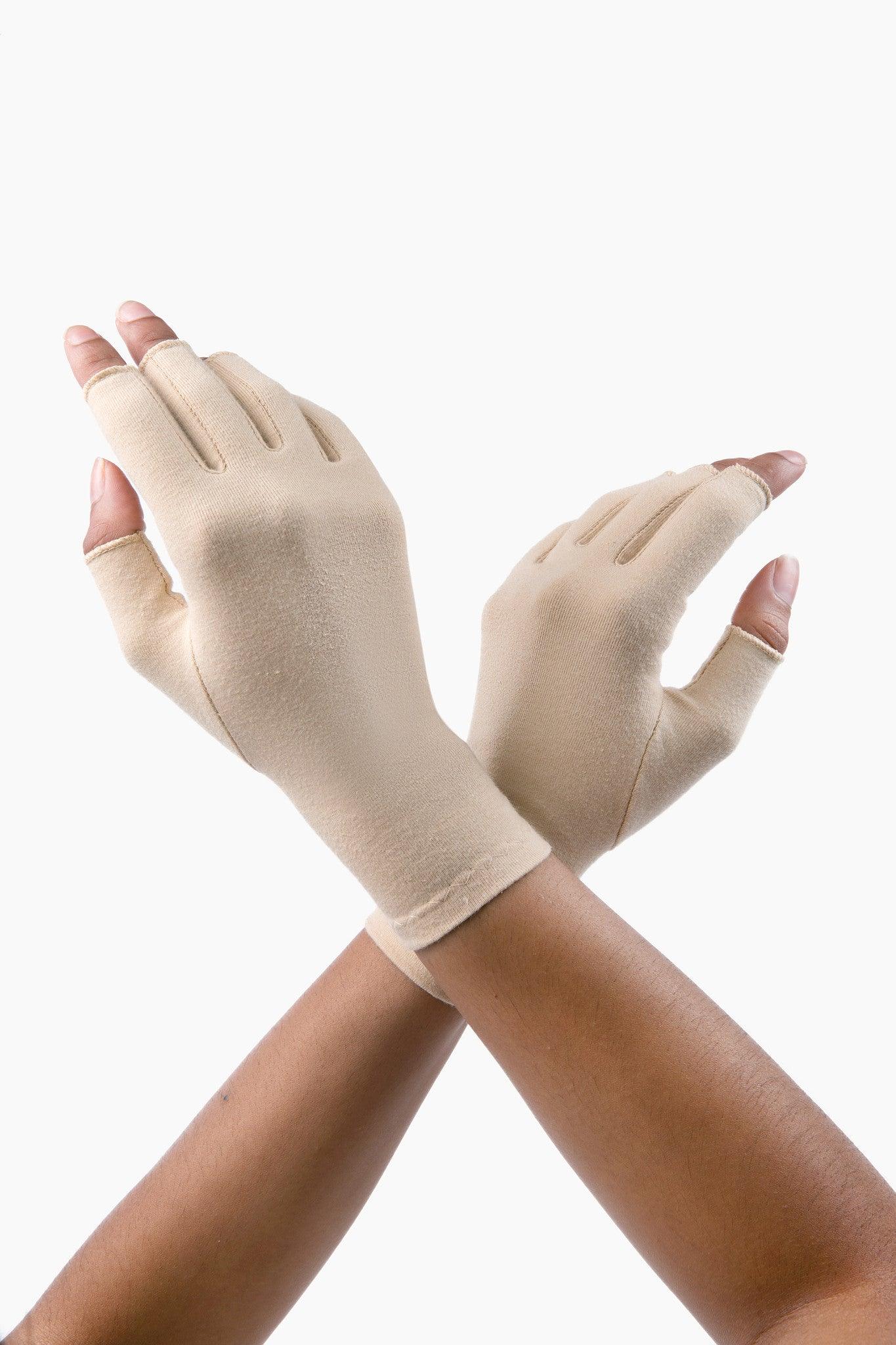
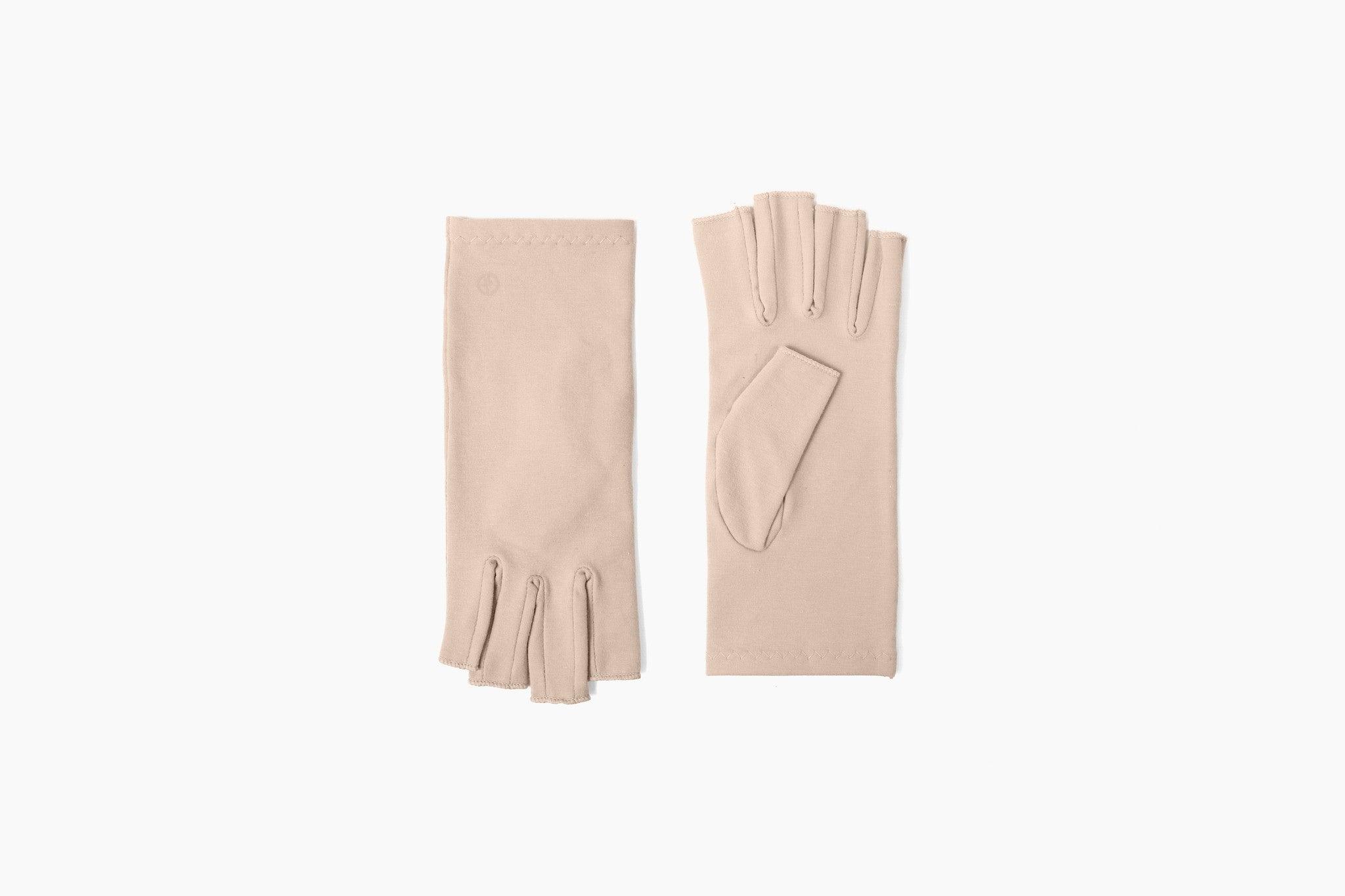


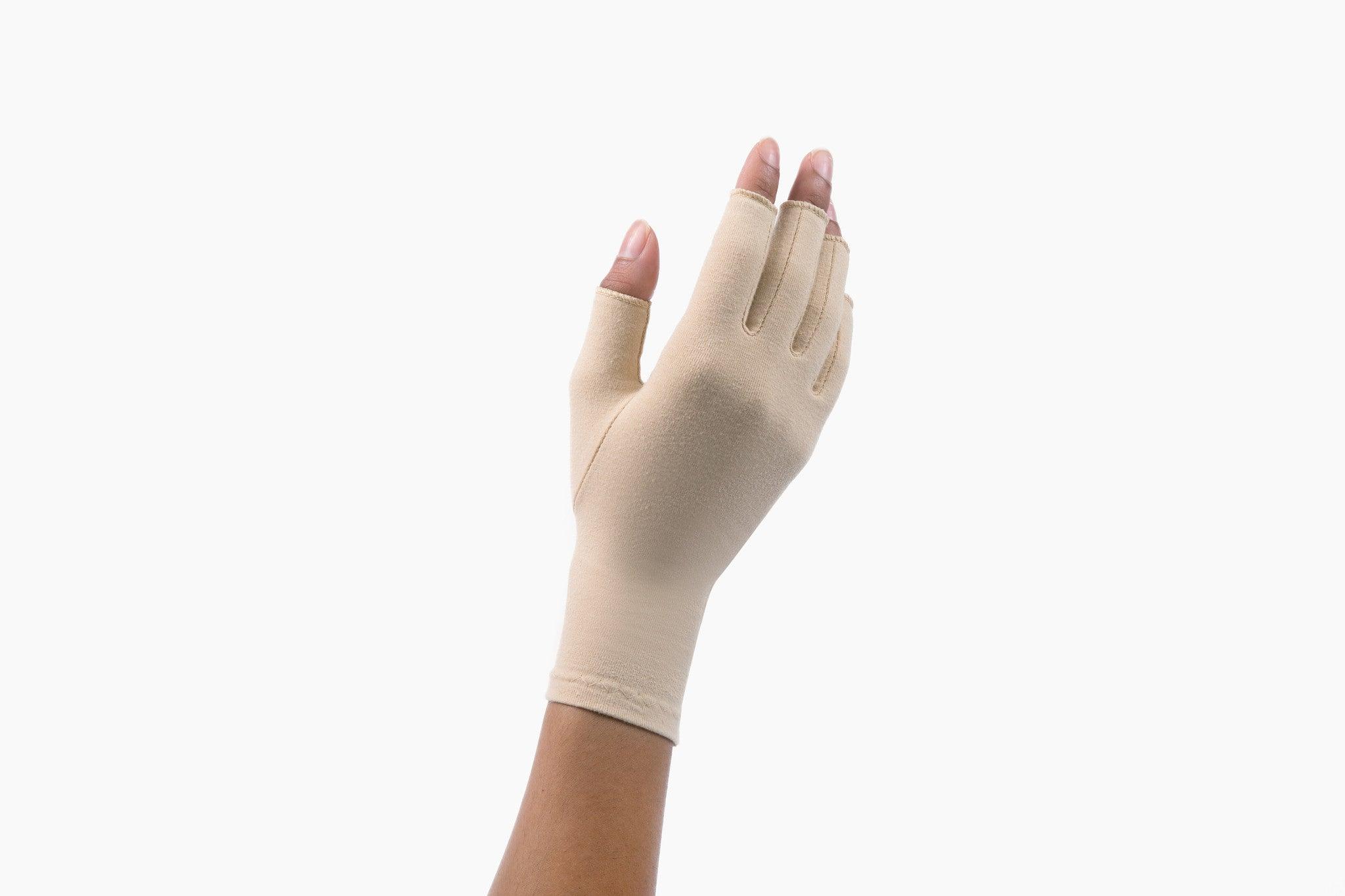



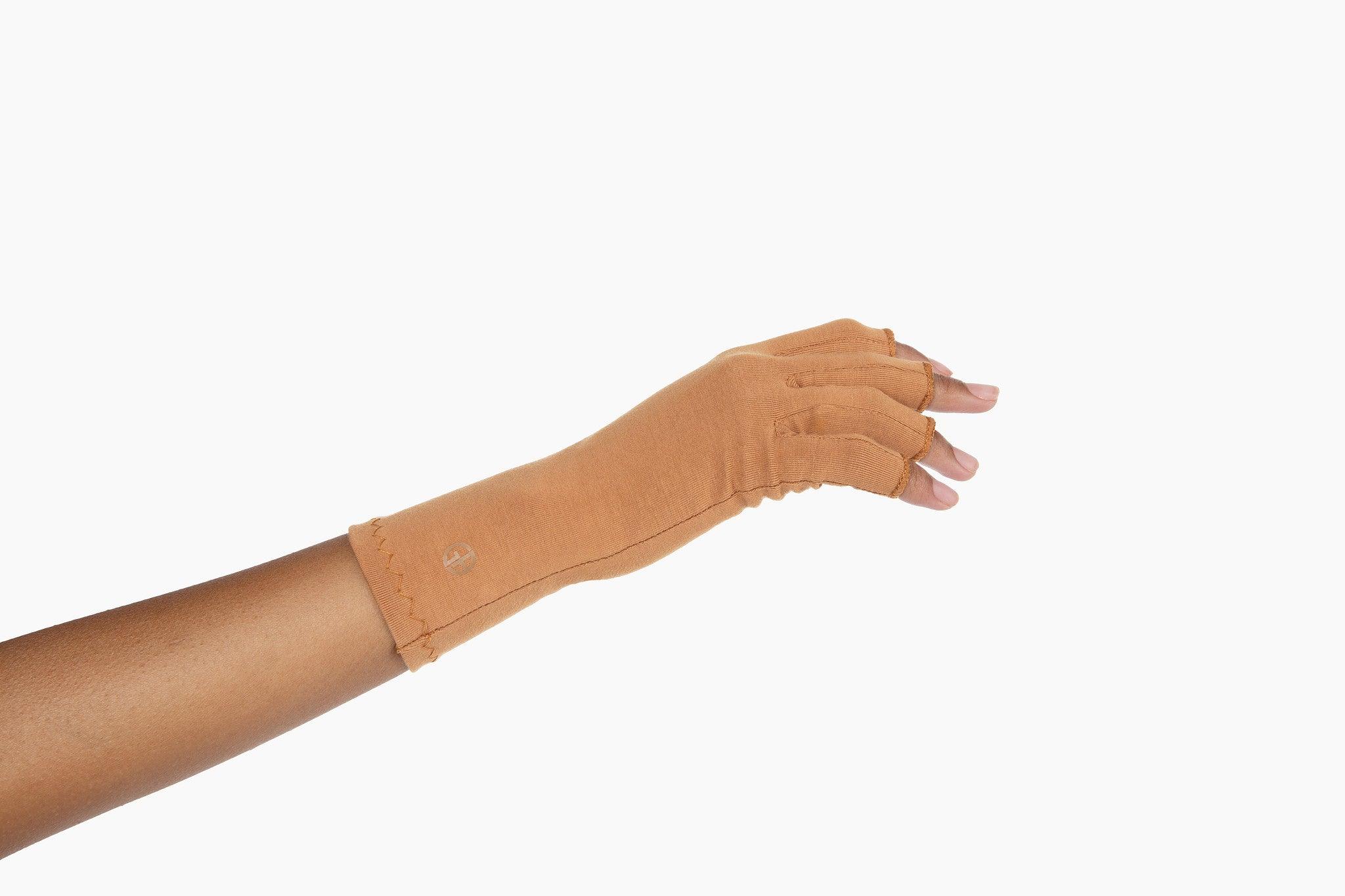












Share and get 15% off!
Simply share this product on one of the following social networks and you will unlock 15% off!